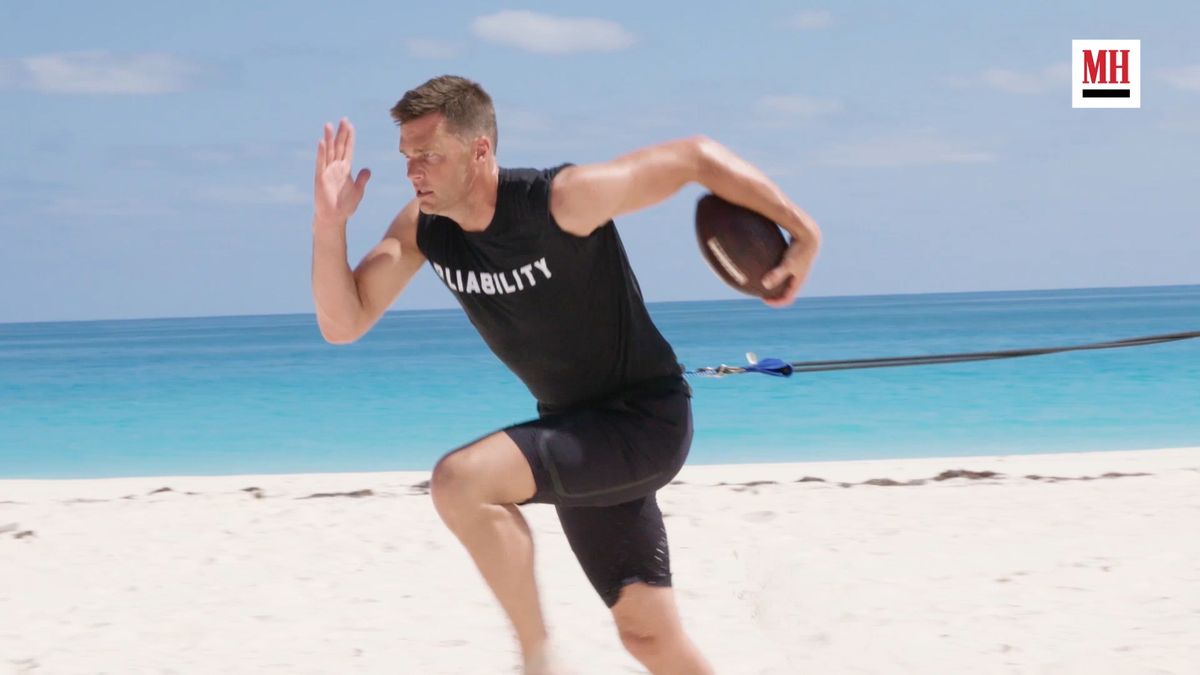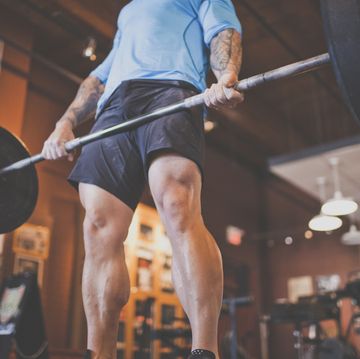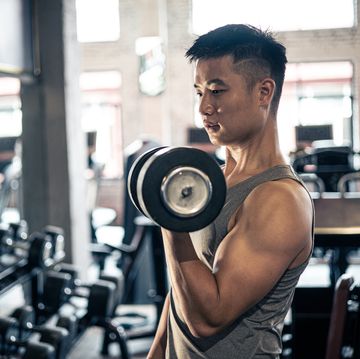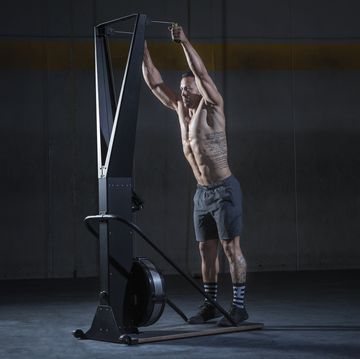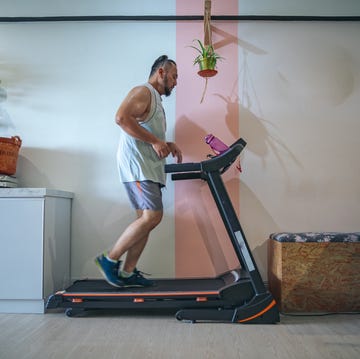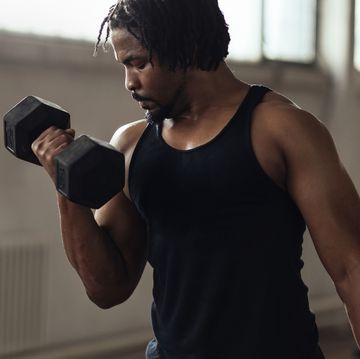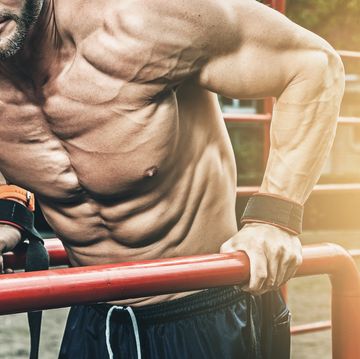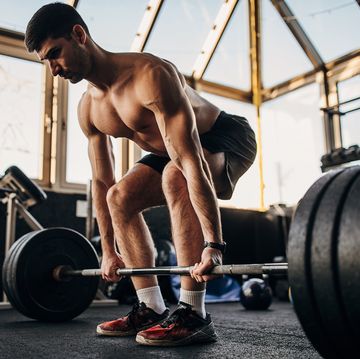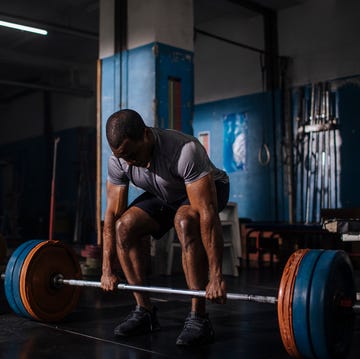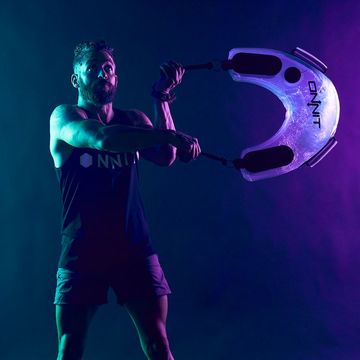This is Your Quick Training Tip, a chance to learn how to work smarter in just a few moments so you can get right to your workout.
If you pump iron with purpose, you know what failure feels like. Not because you aren’t crushing your goals, but because in the pursuit of them, you regularly push your muscles to the point where strength takes a nosedive. This dip usually happens during the last few reps of an exercise, becoming more pronounced as your workout goes on, and most guys assume it’s purely a muscular thing. But that’s only half the story—when it comes to fatigue, you can’t ignore the role of the central nervous system (CNS).
As you bang out reps of a challenging weight, metabolic waste products accumulate in your muscle. This is a consequence of energy production, and it’s what causes the “burn” you feel toward the end of a set. Eventually those metabolites build to a point where they inhibit the ability of a muscle to contract. That’s called “peripheral fatigue.” But as those metabolites multiply, sensors in your muscle also start sending warning signals to your spinal cord and brain (i.e., your CNS), which begin to throttle back muscle activation so that you don’t hurt yourself.
The latter process is known as “CNS fatigue,” and while all types of exercise can cause it, high-rep training and long, intense cardio sessions tend to produce more of it. CNS fatigue also builds throughout a workout, which is one reason why you might find yourself reaching failure faster during your last few exercises.
Your move: Top load your workout with your most important lifts. Because CNS fatigue builds during a training session, you’re going to be strongest (and create the greatest growth stimulus) during your first few exercises.
That’s why smart trainers usually put big, compound lifts such as the deadlift, squat, bench press, and pullup at the beginning of a workout, and isolation moves such as the biceps curl, crunch, and lateral raise toward the end. Ditto when it comes to high-rep training—if your goal is to increase strength and muscle size, save your “endurance sets” for last.

Trevor Thieme is a Los Angeles-based writer and strength coach, and a former fitness editor at Men’s Health. When not helping others get in shape, he splits his time between surfing, skiing, hiking, mountain biking, and trying to keep up with his seven year-old daughter.


